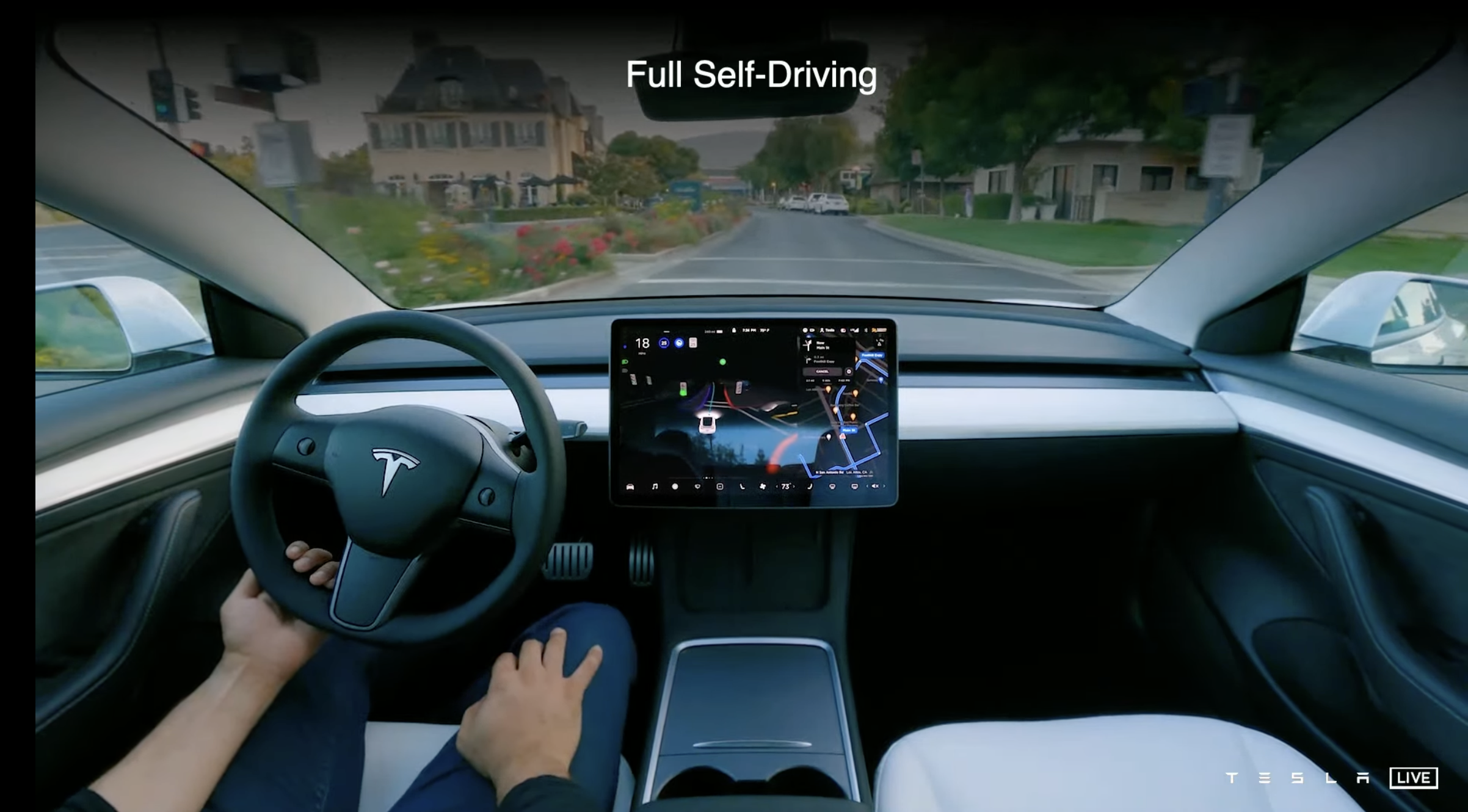
Tesla Could Have Avoided That $242.5M Autopilot Verdict, Filings Show: What This Means for Tesla and the Future of Self-Driving Technology
The recent $242.5 million verdict against Tesla in a lawsuit related to its Autopilot system has sent ripples throughout the automotive and tech industries. According to recent filings uncovered by TechCrunch, Tesla might have avoided this costly outcome. This raises serious questions about the company's handling of Autopilot safety concerns, risk assessment, and communication strategies. But what exactly happened, and what are the implications for Tesla, its customers, and the future of self-driving technology?
Understanding the Tesla Autopilot Verdict and the Lawsuit
The lawsuit stemmed from a tragic accident involving a Tesla vehicle operating with Autopilot engaged. The plaintiffs alleged that the Autopilot system was defective and contributed to the severity of the accident. The core of the argument revolved around the system's ability (or inability) to reliably recognize and react to specific road conditions and hazards. Jurors ultimately sided with the plaintiffs, awarding significant damages. This wasn’t simply a matter of driver error; it was a judgment that Tesla’s technology fell short of reasonable safety expectations.
Key Allegations Against Tesla's Autopilot
- Defective Design: The primary allegation centered on the design of Autopilot itself, arguing that it was prone to errors and misinterpretations of the environment. Specifically, its ability to accurately classify objects and predict their behavior in complex situations was questioned.
- Failure to Warn: Plaintiffs argued that Tesla failed to adequately warn drivers about the limitations of Autopilot. The "hands-on" requirement was perceived as insufficient to convey the potential dangers. This is a critical aspect when considering "is Tesla Autopilot safe?"
- Overstated Capabilities: Marketing and public statements regarding Autopilot's capabilities allegedly created a false sense of security among drivers, leading them to overestimate its reliability. This perceived "full self-driving" capability, while not fully realized, led to reliance on the technology in scenarios it wasn't designed for.
How Tesla Could Have Avoided the Verdict: Insights from the Filings
The TechCrunch report reveals that internal documents and communications within Tesla suggest the company was aware of potential vulnerabilities in Autopilot well before the accident. These filings allegedly show internal debates and concerns about the system's performance in certain conditions. Some of the key insights include:
Internal Concerns Regarding Autopilot Safety Features
Discussions around the limitations of Autopilot's object recognition capabilities were reportedly prevalent. Some engineers allegedly raised concerns about the system's ability to reliably differentiate between various road objects, potentially leading to dangerous miscalculations. This goes to the heart of "how does Tesla Autopilot work?" and its inherent limitations.
Communication Strategies and Risk Assessment
The filings also shed light on the company's approach to communicating the limitations of Autopilot to drivers. Critics argue that Tesla's messaging focused heavily on the system's advantages while downplaying potential risks. A more transparent and balanced communication strategy could have significantly altered driver behavior and potentially prevented the accident. Effective "Tesla Autopilot training" for drivers is paramount for safe operation.
Potential for Software Updates and Mitigation Strategies
It's suggested that Tesla had explored potential software updates or modifications to address some of the identified vulnerabilities. However, these improvements were either delayed or not implemented in a timely manner. A proactive approach to addressing these safety concerns could have reduced the risk of accidents and subsequent legal challenges. This points towards the importance of continuous "Tesla Autopilot updates" and improvements.
The Implications of the Verdict for Tesla and the Self-Driving Industry
This verdict has far-reaching implications for Tesla and the broader self-driving industry. Here's a breakdown of the key takeaways:
Financial Impact on Tesla
The $242.5 million judgment represents a significant financial blow to Tesla. Beyond the immediate cost, the verdict could lead to further lawsuits and increased scrutiny from regulatory bodies. The company's "Tesla Autopilot cost" now extends beyond initial implementation and into the realm of legal liabilities.
Reputational Damage and Brand Perception
The negative publicity surrounding the lawsuit and the verdict could damage Tesla's reputation and erode consumer trust. Consumers are increasingly scrutinizing the safety of self-driving technology, and this case reinforces concerns about the potential risks. Maintaining a positive "Tesla Autopilot review" score becomes increasingly difficult amidst such legal challenges.
Increased Regulatory Scrutiny and Oversight
The verdict is likely to prompt increased scrutiny from regulatory agencies such as the National Highway Traffic Safety Administration (NHTSA). Regulators may impose stricter safety standards and require more rigorous testing for autonomous driving systems. This enhanced "Tesla Autopilot regulation" is crucial for public safety.
Impact on the Future of Self-Driving Technology
This case serves as a cautionary tale for companies developing self-driving technology. It underscores the importance of rigorous testing, transparent communication, and a proactive approach to addressing safety concerns. The pursuit of full autonomy must be balanced with a commitment to ensuring the safety of drivers and the public. The "future of Tesla Autopilot" depends heavily on addressing these concerns proactively.
What Can Tesla Do Now?
To mitigate the damage and move forward, Tesla needs to take several steps:
- Enhanced Transparency: Tesla needs to be more transparent about the limitations of Autopilot and provide clearer warnings to drivers.
- Continuous Improvement: Investing in ongoing research and development to improve the safety and reliability of Autopilot is essential.
- Proactive Communication: Engaging with regulators and the public to address concerns and build trust is crucial.
- Driver Education: Implementing more comprehensive training programs for drivers using Autopilot is vital.
Ultimately, the Tesla Autopilot verdict highlights the complex challenges and responsibilities associated with developing and deploying self-driving technology. Moving forward, transparency, safety, and responsible innovation will be paramount for building trust and realizing the full potential of autonomous vehicles. The path ahead for Tesla and the self-driving industry hinges on learning from these experiences and prioritizing safety above all else.